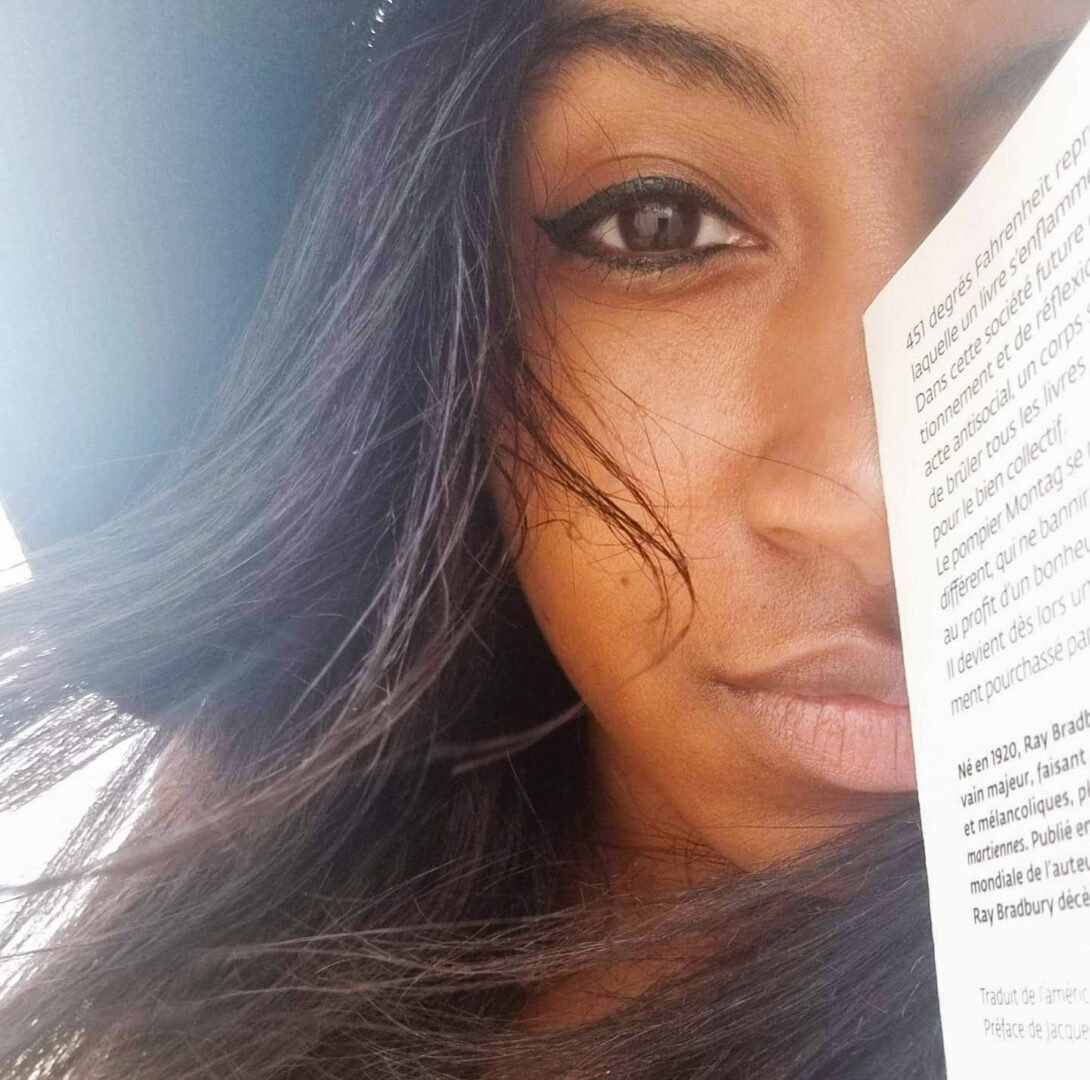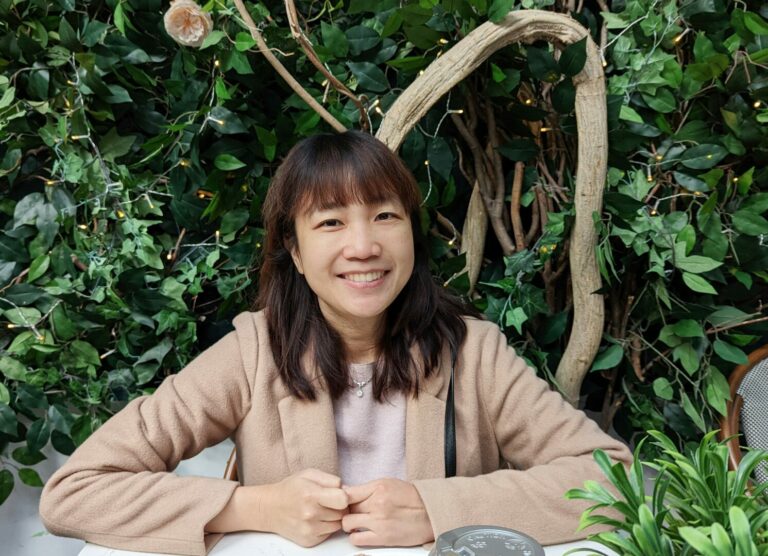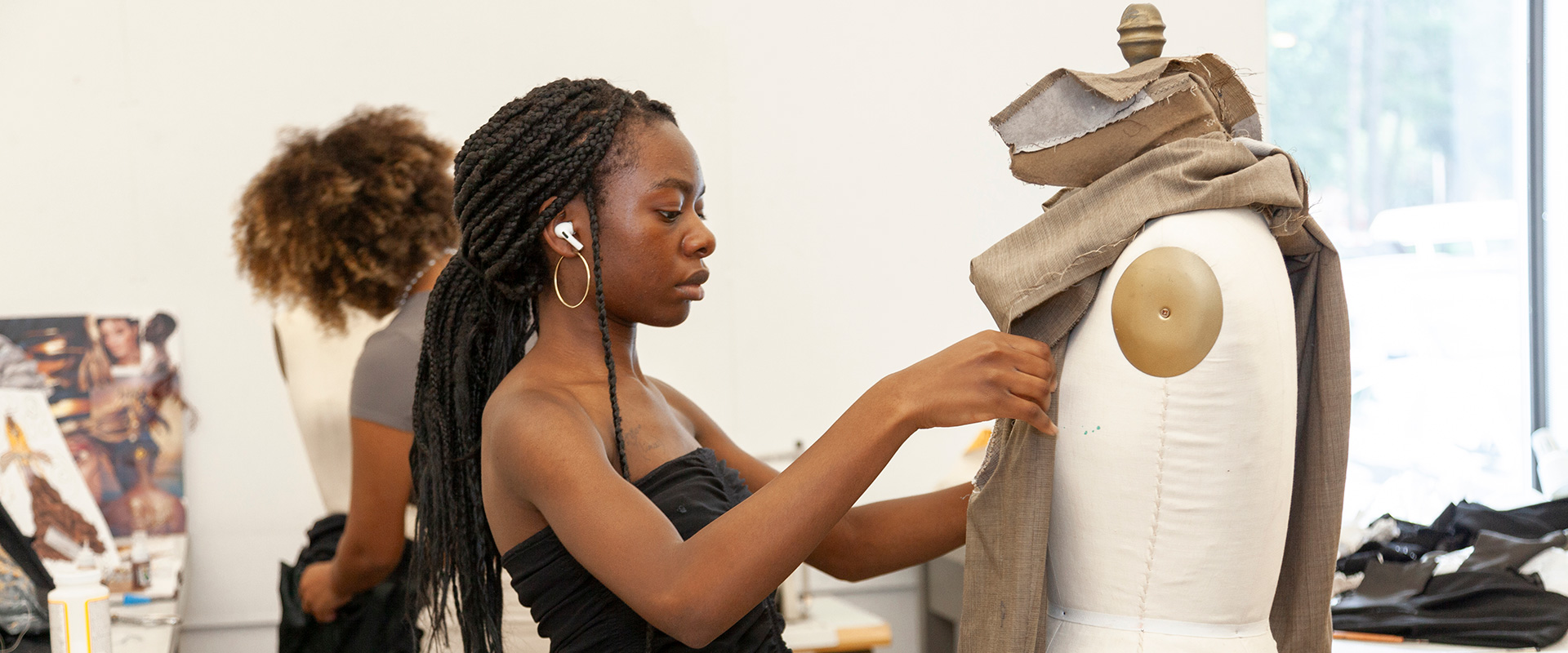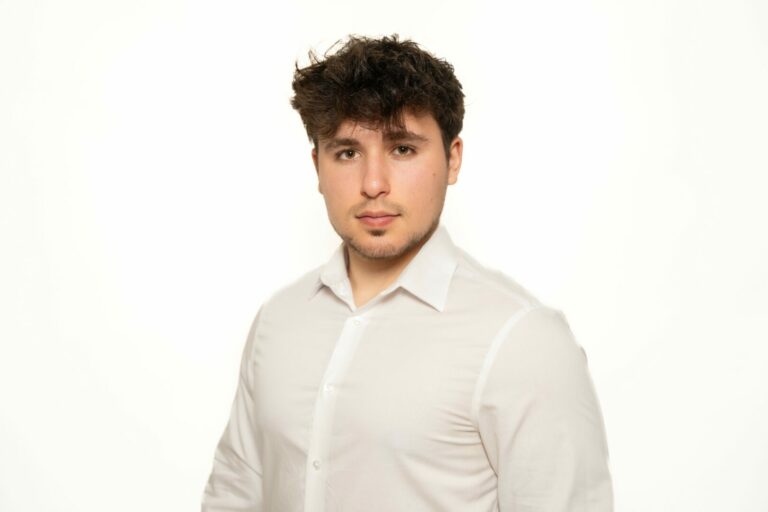Alright – so today we’ve got the honor of introducing you to Simone Tilmon. We think you’ll enjoy our conversation, we’ve shared it below.
Simone, so great to have you with us and thanks for taking the time to share your thoughts with the community. So, let’s jump into something that stops so many people from going after their dreams – haters, nay-sayers, etc. We’d love to hear about how you dealt with that and persisted on your path.
As far as I can confirm, we only have one life. One life where we are able to see our stories through to the end, navigate any path that interests us, make life-changing decisions, and move in ways that align with our inner sense of self. I am the pilot of my journey, and while I will accept constructive input/criticism, I am the only voice that truly matters.
I actively spend a great amount of time in self-reflection, getting to know myself, my desires, and my perceptions. With this, I am proud to be able to say that I am my very best friend. And in this ability, the confidence and strength I have fostered drowns out negative voices as I persist on every path I choose because I trust that I have my best interests in heart.
Being an artist demands both strength and skill; it is vital to not underestimate the confidence needed for self-expression. Every artist should prioritize nurturing their mental resilience, allowing their creativity to flourish amidst challenges.
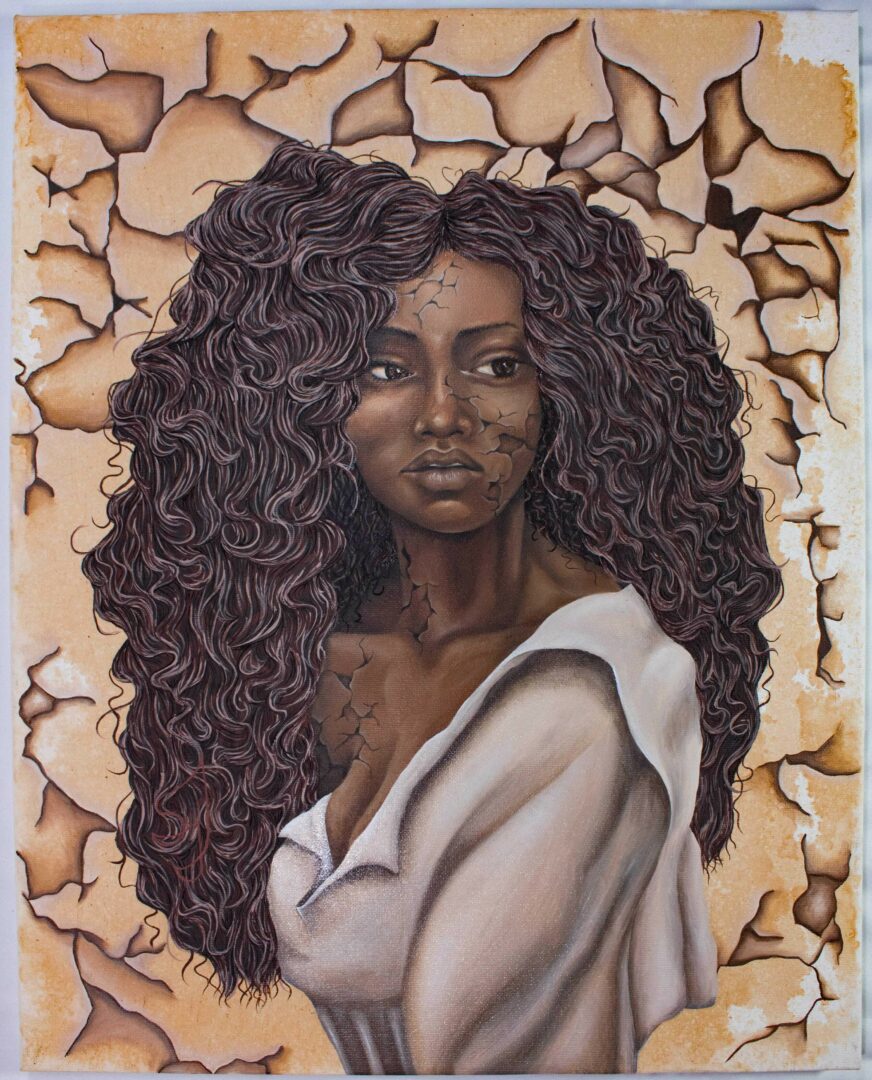
Appreciate the insights and wisdom. Before we dig deeper and ask you about the skills that matter and more, maybe you can tell our readers about yourself?
Growing up, I would go to museums and marvel like the little art nerd I am; I could happily spend hours focused on the craft or the history of a piece and ponder how I can produce such skills for myself. As I informed myself on topics regarding ethics in art, institutions, and society, I began to understand these museums as hubs whose mission it is to not only safeguard these cultural artifacts but also to represent the communities they belong to accurately. So I pursued a Master’s in Critical Museum Studies and concentrated on a career as an Art Collections Manager where I can not only use my capabilities in research and documentation to aid in the representation of ancient or marginalized communities, but also use my practical skills in art conservation and restoration to further protect these pieces as they deteriorate.
I could not be prouder to be a part of this career field and the role it plays in fostering empathy between communities while reflecting art’s historical significance in society. I aim to take advantage of every opportunity to grow as a professional and educate any interested parties.
Coming from a marginalized community with a history largely picked over, I always sought out the missing pieces of my cultural identity in institutions that represented me. Yet, I would go to exhibitions and be equally enthralled by the pieces while remaining indifferent to the context. I grew to understand that this was often an instance of misrepresentation (both in display of misinformation and a lack of conceptual depth); I became frustrated with a growing sense of alienation in society. As a child, you believe your peers to be the same as you, then you begin to understand them as individual people and realize they represent a tailored persona made from their upbringing, interests, exposure, and cultural identity. I struggled for a long time to find my cultural identity.
My journey as an art historian has given me many insights into the varying creative outlets different cultures use to portray themselves, their stories, and their traditions. This was important in my career and to me as a person who simply wanted a deeper connection to what binds me historically. This is why I will never regret my career choice, protecting history as an art conservator and restoration artist puts me in a position to deepen my understanding of different cultures and communities; allowing me to better understand struggles and perceptions my peers may be facing in life.
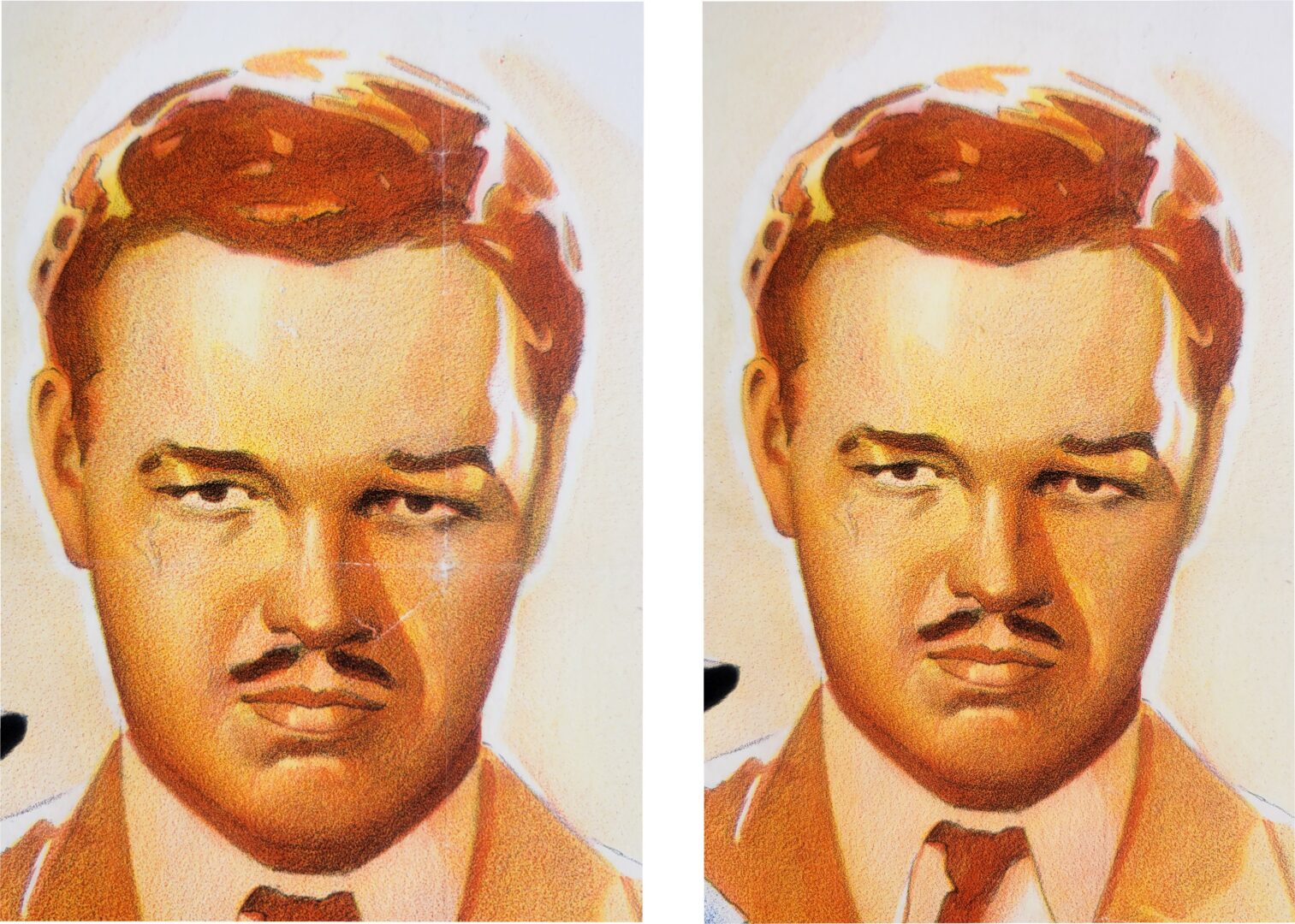
There is so much advice out there about all the different skills and qualities folks need to develop in order to succeed in today’s highly competitive environment and often it can feel overwhelming. So, if we had to break it down to just the three that matter most, which three skills or qualities would you focus on?
In my journey as a freelance artist and an art collection’s manager, there are three main qualities I believe have aided me in my pursuits the most: versatility, adaptability, and emotional intelligence.
I’m a life-long learner, so I basically lead my life looking to soak up new knowledge and skills in every role I undertake. Broadening your skillset outside of narrowed career pursuits can equip you to tackle any myriad of obstacles that life may throw your way. Regardless of whether you are an artist or someone working outside of the creative sector, having versatile capabilities allows for fluidity and creativity in problem-solving; essential traits in our ever-evolving industries.
A quality that works in tandem with versatility, is adaptability. Life is rarely a straight path, we can plan until we are blue in the face, but the challenges that we encounter can often divert us from our original plans and throw us completely off. Embracing adaptability means having the resilience to explore alternate routes, discovering new opportunities that may serve us better than our initial intentions, and letting go of things/ideals that may hinder us. It fosters a mindset that not only accepts change but thrives on it, turning potential setbacks into milestones of growth.
Most importantly, I believe emotional intelligence can serve us all in both personal fulfillment and professional success. In the art world, understanding and empathizing with artists, clients, and colleagues can elevate communication and collaboration. Emotional intelligence enables us to respond thoughtfully to the needs and emotions of others, facilitating negotiations and fostering a supportive environment. This quality proves invaluable in managing artists’ needs, gauging audience reception, and nurturing a positive workplace culture.
These three qualities tend to steer my journey and I believe they can serve any individual to navigate professional pursuits with confidence and grace.
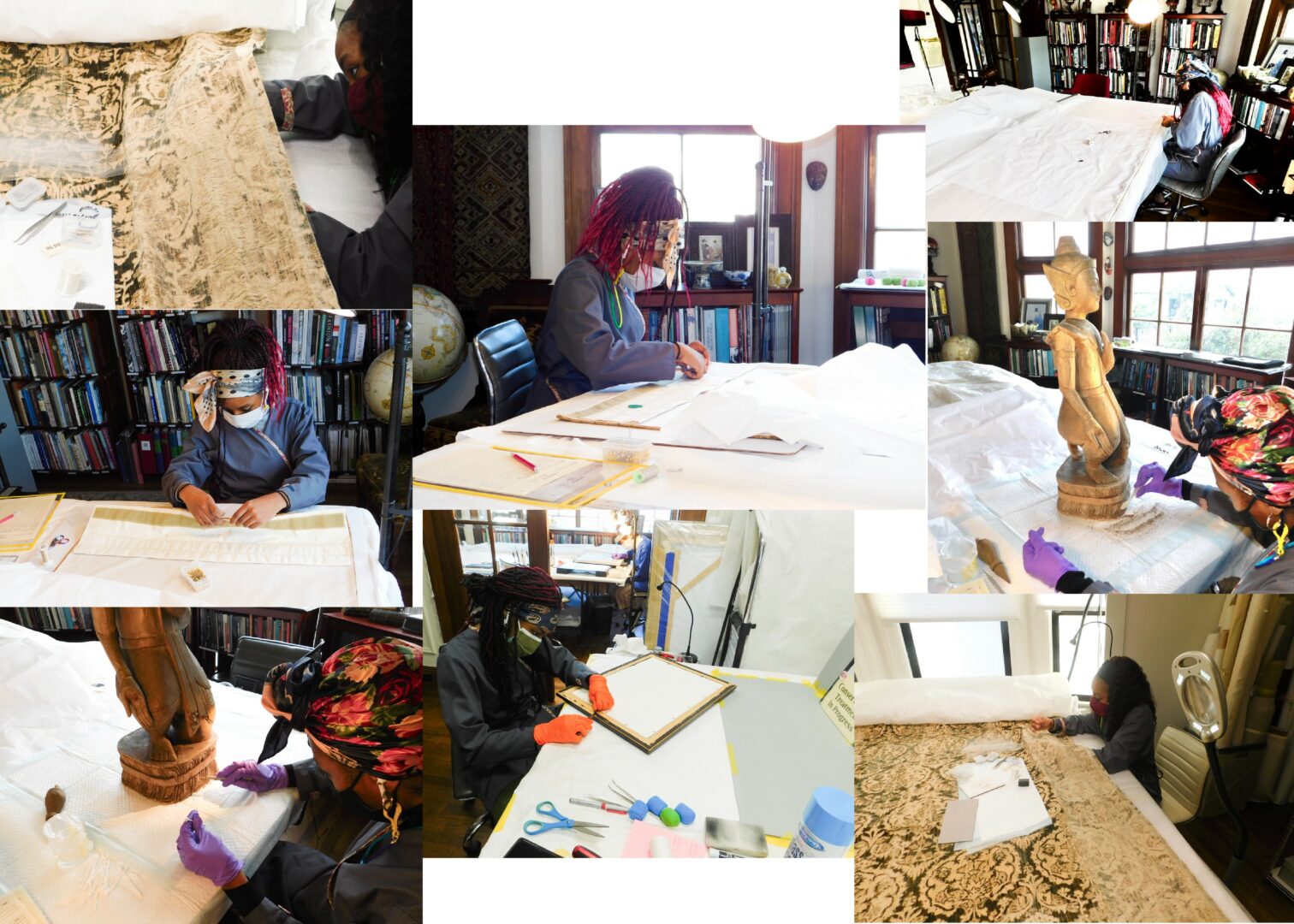
Okay, so before we go we always love to ask if you are looking for folks to partner or collaborate with?
I am always actively seeking individuals to partner and collaborate with, particularly those passionate about the cultural preservation of art. I envision a diverse network that includes established and emerging professionals—art managers, heritage organizations, conservation and restoration artists, curators, etc.—who share a commitment to this vital cause.
I am particularly interested in collaborating with those who are eager to engage in meaningful dialogue about the ethical standards in heritage preservation. By fostering connections with like-minded individuals, we can work collectively to strengthen and elevate our practices, ultimately benefiting the field as a whole.
Furthermore, I have a strong desire to mentor youth who aspire to enter this field. I believe that by providing them with a solid understanding of the ethical foundations and practices surrounding cultural preservation, we can empower the next generation of professionals to uphold and enhance these standards.
If you resonate with these goals and would like to connect, please feel free to reach out. Let’s explore opportunities to collaborate and make a lasting impact in the world of cultural preservation through art together.
Contact Info:
- Website: https://idlehandsofanartaddict.com
- Instagram: https://www.instagram.com/idlehands_ofanartaddict/
- Linkedin: https://www.linkedin.com/in/simone-tilmon-bfa-ma-65a3781ba
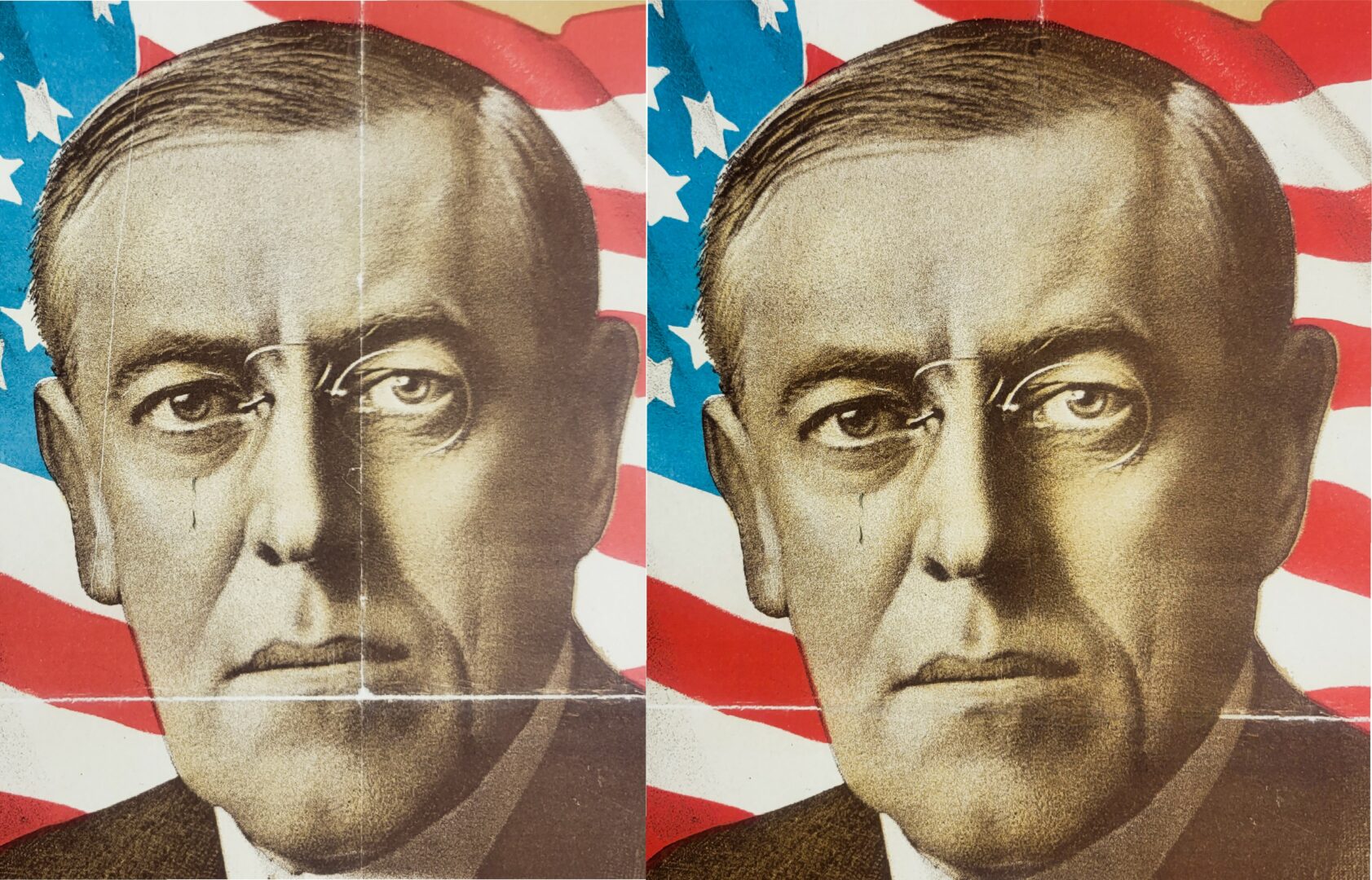
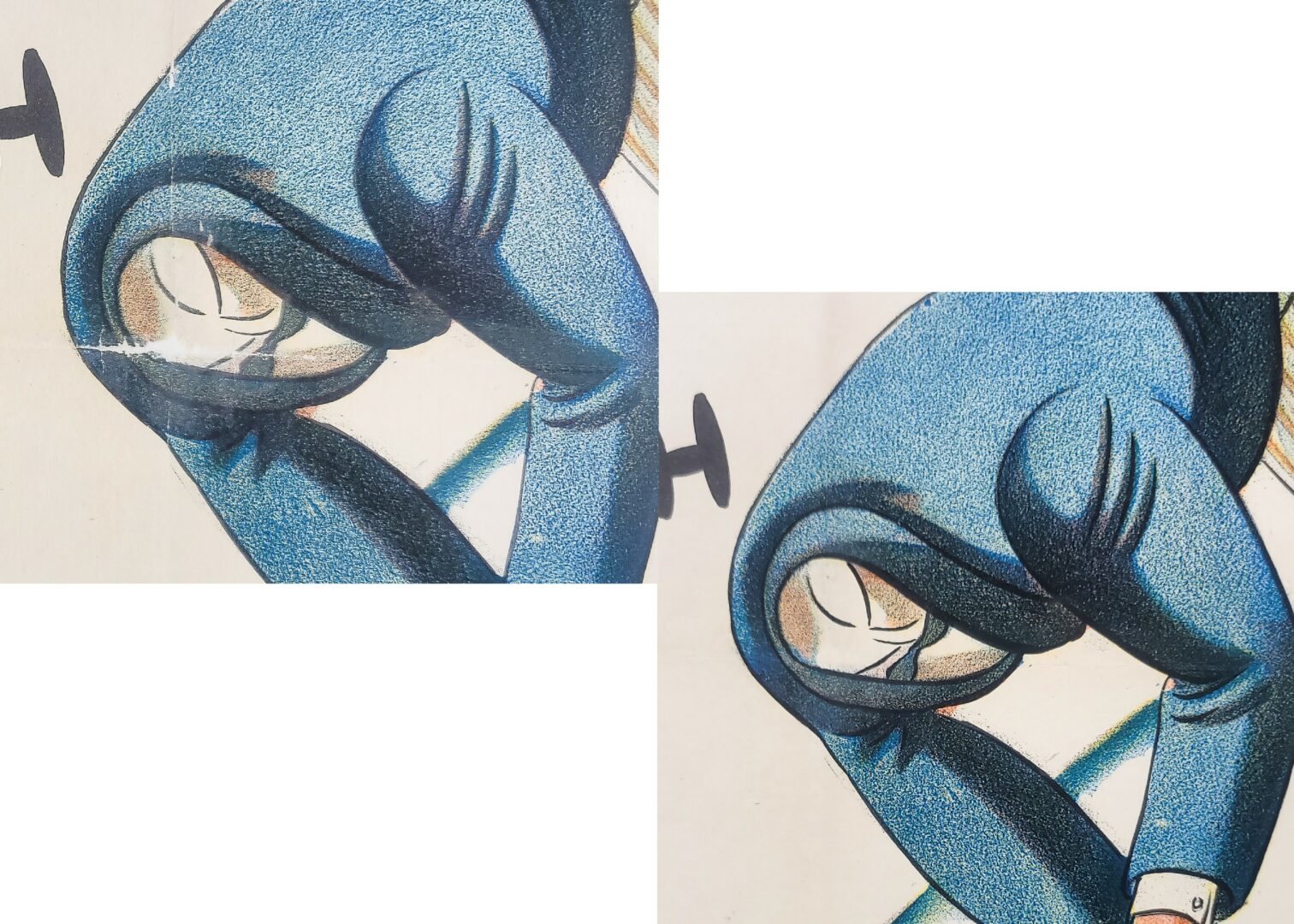
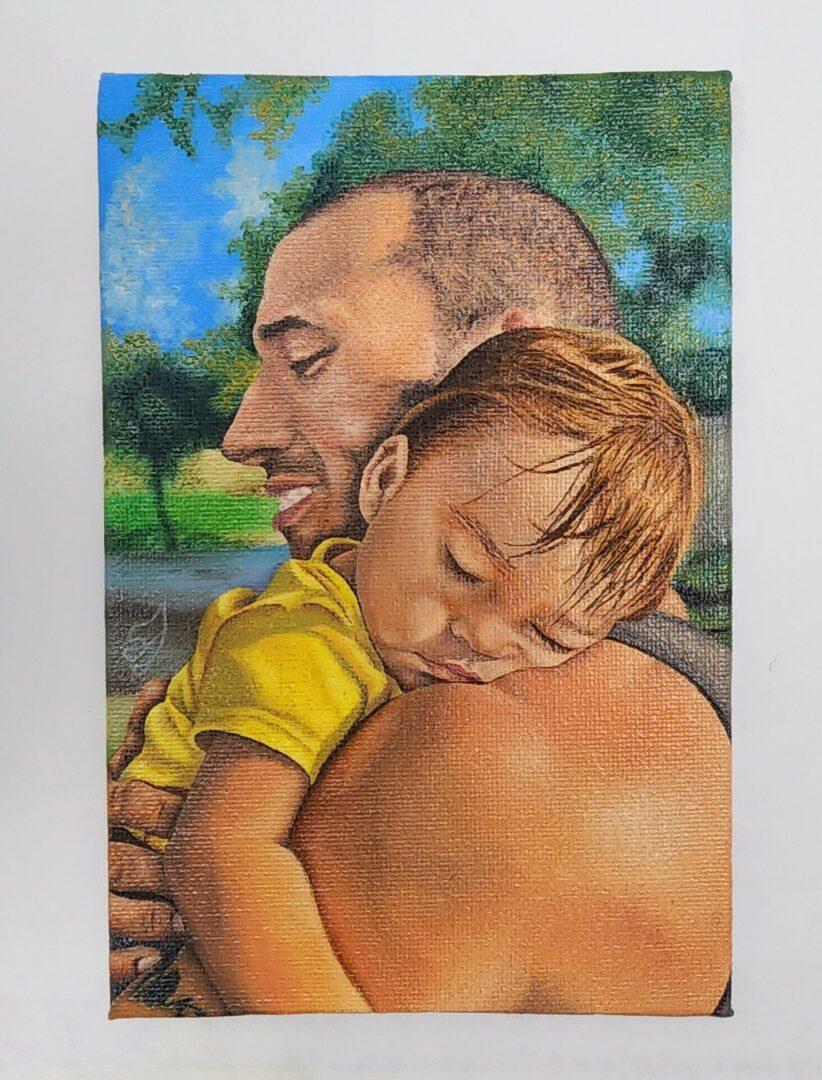
Image Credits
Simone Tilmon
so if you or someone you know deserves recognition please let us know here.

